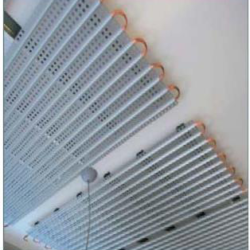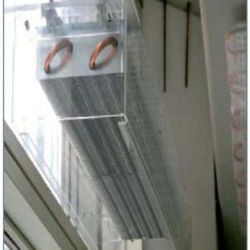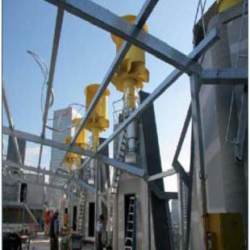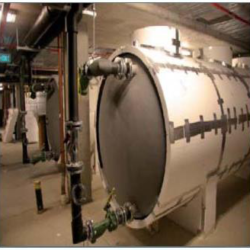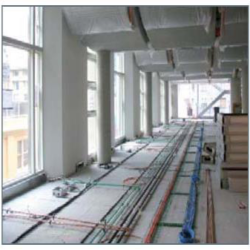Council House 2
Melbourne
The new Council Headquarters, comprising 10 stories of office and retail space and 3 basement floors, is considered a ‘lighthouse’ project for the future of ecological sustainable design in office building. With its primary objective to reduce carbon emissions and energy consumption, CH2 is Australia’s first 6 star energy rated office development.
James L. Williams Pty Ltd has worked hand in hand with Hansen Yuncken to achieve the objectives set by the Melbourne City Council. The Mechanical Services are designed to improve the Indoor Environment Quality and assist the projects minimum objective of a 6 star rating. This required design and selection of services to meet the fundamental energy efficiency. The choices of materials are also designed to reduce the environmental impact of building construction and low emission (of volatile organic compounds) products have been chosen to assist in minimising this impact.
James L. Williams Pty Ltd takes great pride in being associated with the CH2 project. The future holds great promise to deliver such projects more economically as a great deal has been learnt from the evolution of CH2.
Passive Chilled Ceiling Panels
Covering approximately 24% of the ceiling space they cater for the internal space loads. The Chilled Ceiling Panels and Beams are supplied with 16°C supply water temp, and have a design return water temp of 19°C. Cooling pipes are reticulated within the access floor and curved ceiling coils on the office floors. They are piped in groups with modulating valves and local temp sensors for control.
Passive Chilled Beams
Located above the windows to cater for varying solar and transmission loads. They’re piped individually with modulating valves and local temp sensors for control.
Absorption Water Chillers
Direct heat is used to provide first stage heating and heat viaan absorption chiller is used to provide first stage cooling. Waste heat from the chiller is integrated to the hot water circuit to provide first stage heating.
It is an indirect-fired single stage lithium-bromide type Chiller, utilizing high temperature hot water as the energy source to drive the refrigeration process. The machine is capable of continuous and stable operation under reduced capacities down to 25% of its full load capacity.
Designed and tested to ARI Standard 560.
Phase Change Module (PCM Tanks)
When available, cooling is provided via thermal store PCMTanks using a solution with a freezing point of 150C. The tanks are constructed similarly to a heat exchanger and will be charged during low ambient temperature conditions such as overnight, via the cooling towers.
Convective Finned Heating Elements
Heating is produced via Convective Finned Heating Elements located in the access floor zone beneath the windows located around the perimeter of the floor plenum. Piped individually with Copper piping and mechanically bonded aluminium fins to the tubes, with an on/off solenoid valve and local temperature sensor for control. In conjunction, the outside air ventilation system is able to provide warm air to the whole floor to assist in the early morning warm up cycle.
Shower Towers
Located on the south facade provide evaporative cooled air to the connecting retail, lobby and arcade areas. This cooled air is fed through water cooled air conditioning units for the retail and lobby areas to provide supplementary cooling and heating requirements. The towers are of a fabric construction and have been tested off site for 15L/min discharge and 3mm circumference water droplet size.
Electrostatic and UV Water Treatment System
This system is designed for continuous operation. It includes a 5-micron filtration element, an electrostatic water treatment chamber and an ultra violet disinfecting chamber. An electrostatic field is generated using a high voltage direct current circuit. Ensuring that the continuous charge generated in the treatment chamber is adequate for the water chemical composition. The ultra violet water treatment chamber is fitted with a UV generating device. The wavelength of the generated UV is adequate to eradicate a broadband of pathogens including bacteria, helminth, viruses and protozoa with Legionella being the main target.
Wind Turbines
Relief air from each floor is removed passively. 50% of this air is designed to be relieved through the vaulted ceiling and to the roof level via the northern facade relief stacks and Wind Turbines.


